Introduction to Barda Wildlife Sanctuary
Barda Wildlife Sanctuary lies in Gujarat, India, covering about 192 square kilometers. Close to Porbandar, this sanctuary features diverse landscapes, such as scrublands and hills. Established in 1979, Barda plays a vital role in protecting various plant and animal species, supporting broader conservation efforts to maintain India’s biodiversity.
The primary aim of Barda Wildlife Sanctuary is to safeguard its rich wildlife. Over the years, it has become a crucial habitat for endangered species like the Indian leopard and chinkara gazelle. The sanctuary also supports numerous bird species. One key objective is to reduce human-wildlife conflicts while helping wildlife populations recover. These efforts are essential for maintaining ecological balance and promoting sustainable coexistence between humans and wildlife.
Barda’s varied terrain and ecosystems create a unique environment for biodiversity. Different altitudes and microclimates sustain a rich array of plant life, which in turn supports numerous animal species. Seasonal water bodies within the sanctuary attract migratory birds, making it a paradise for birdwatchers. Its location near the Arabian Sea further enhances its ecological importance, offering diverse habitats for terrestrial and aquatic organisms.
Overall, Barda Wildlife Sanctuary stands out as a crucial part of India’s network of protected areas. It plays a significant role in conserving the nation’s natural heritage while providing visitors with a glimpse of its rich wildlife. For nature lovers and adventure seekers, Barda offers an unforgettable experience in a vibrant ecological setting.
Flora and Fauna of Barda Wildlife Sanctuary

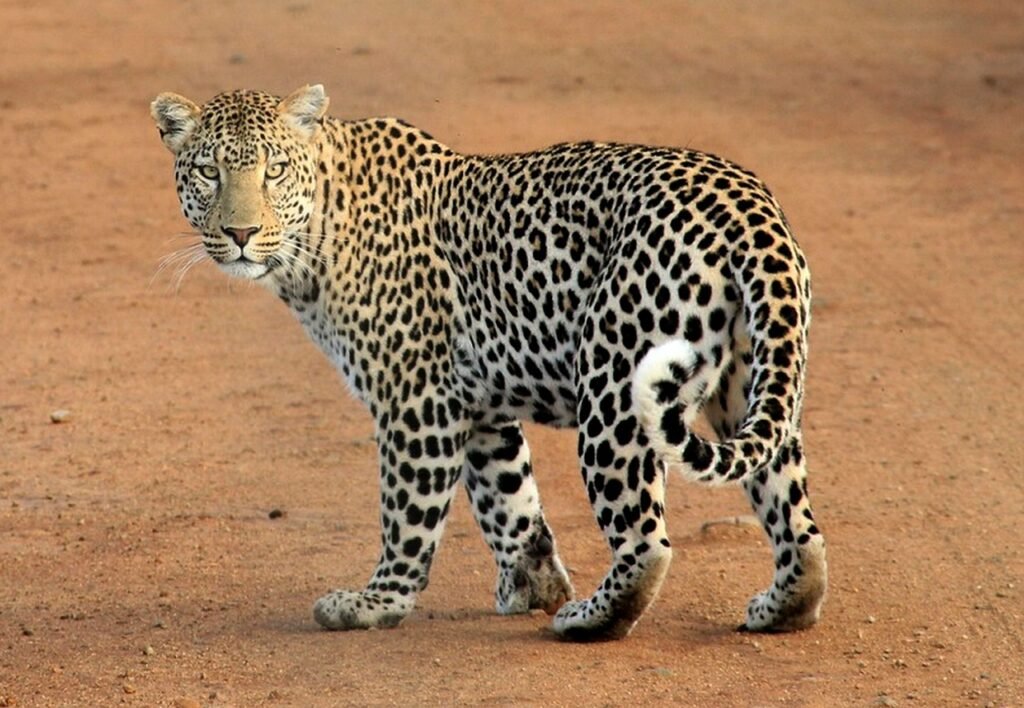
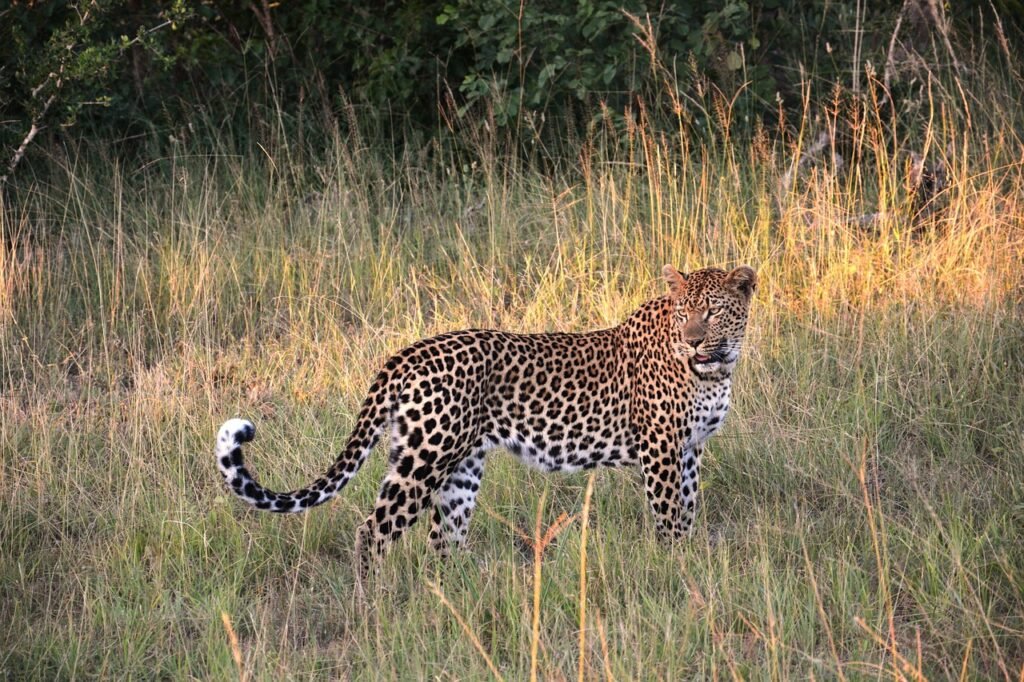

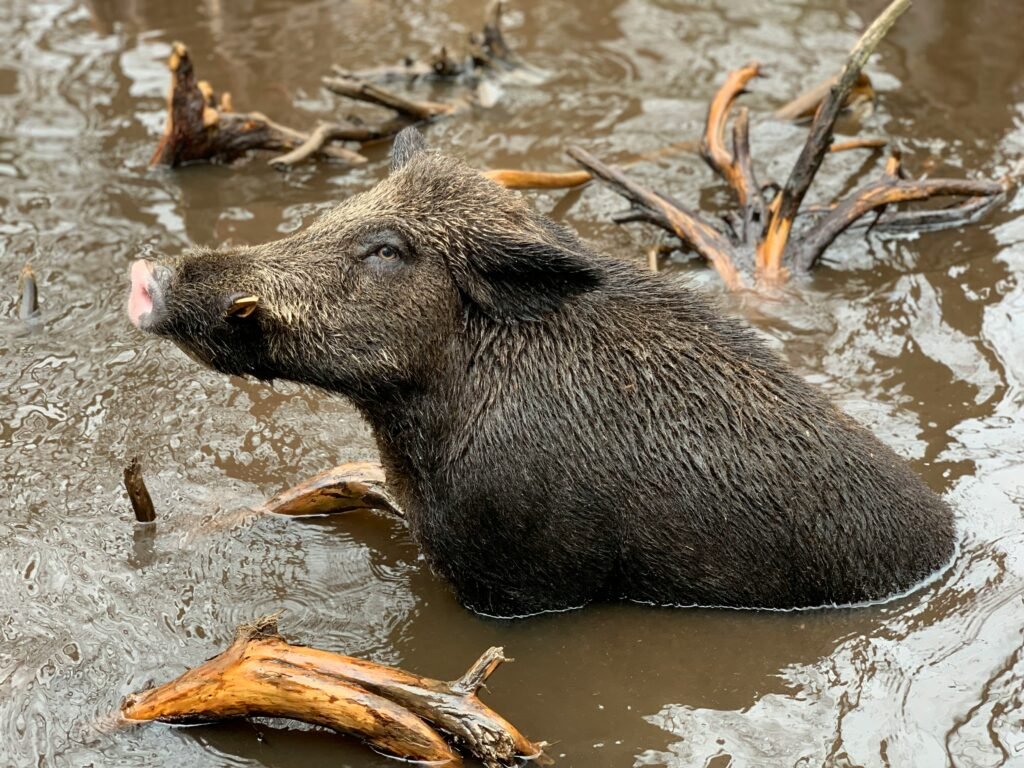


Barda Wildlife Sanctuary is located in the lush landscapes of Gujarat, showcasing nature’s richness. Covering about 192 square kilometers, the sanctuary features a mix of grasslands, scrublands, and forested areas. This variety supports many unique plant species that play vital roles in the local ecosystem. Visitors can find indigenous plants like teak, bamboo, and various medicinal herbs, all of which hold ecological and cultural significance.
In addition to its diverse plant life, the sanctuary is a refuge for many animal species, making it a fantastic spot for wildlife enthusiasts. Barda is home to mammals such as leopards, nilgai, and wild boars, which thrive in its mixed forests and shrublands. These mammals benefit from the abundant resources available for food and shelter. Notably, the sanctuary also hosts endemic species adapted to this ecosystem and vulnerable species that face threats from habitat loss elsewhere.
Birdwatchers will delight in the variety of avian life found in the sanctuary. Many bird species, both migratory and resident, can be spotted here, including the Indian pitta and the crested serpent eagle. This makes Barda a prime location for ornithological studies. Additionally, the sanctuary is home to various reptiles and amphibians, such as the Indian cobra and several frog species. These creatures contribute to the intricate web of life within this ecosystem.
Overall, Barda Wildlife Sanctuary offers a glimpse into nature’s beauty and highlights the importance of preserving invaluable habitats for future generations. Whether you’re a nature lover or an adventure seeker, Barda promises an unforgettable experience.
Conservation Efforts and Challenges
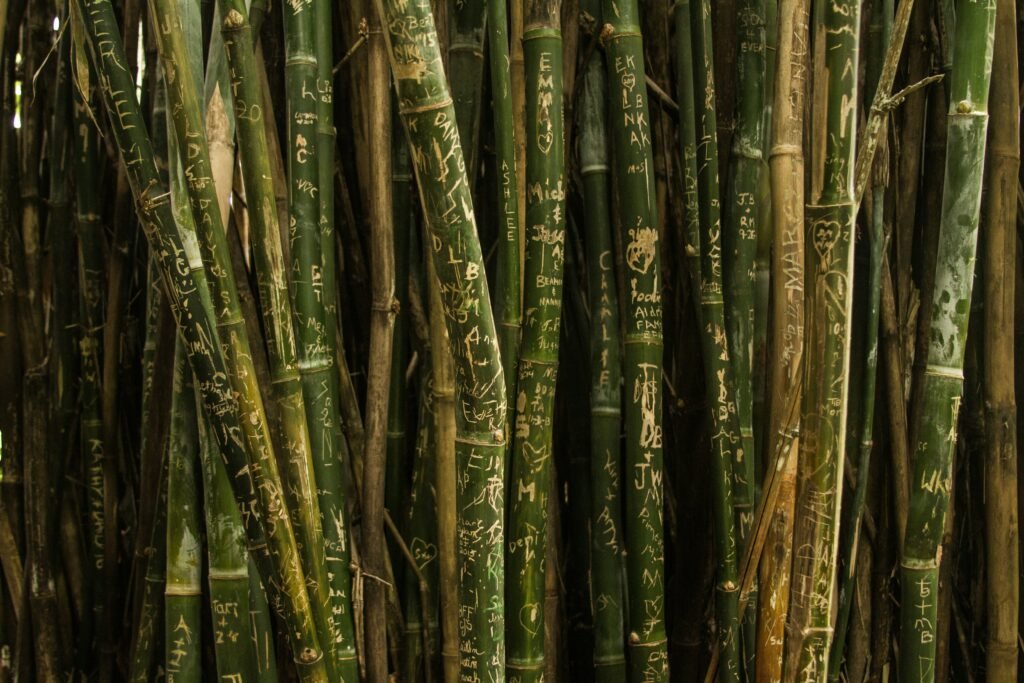

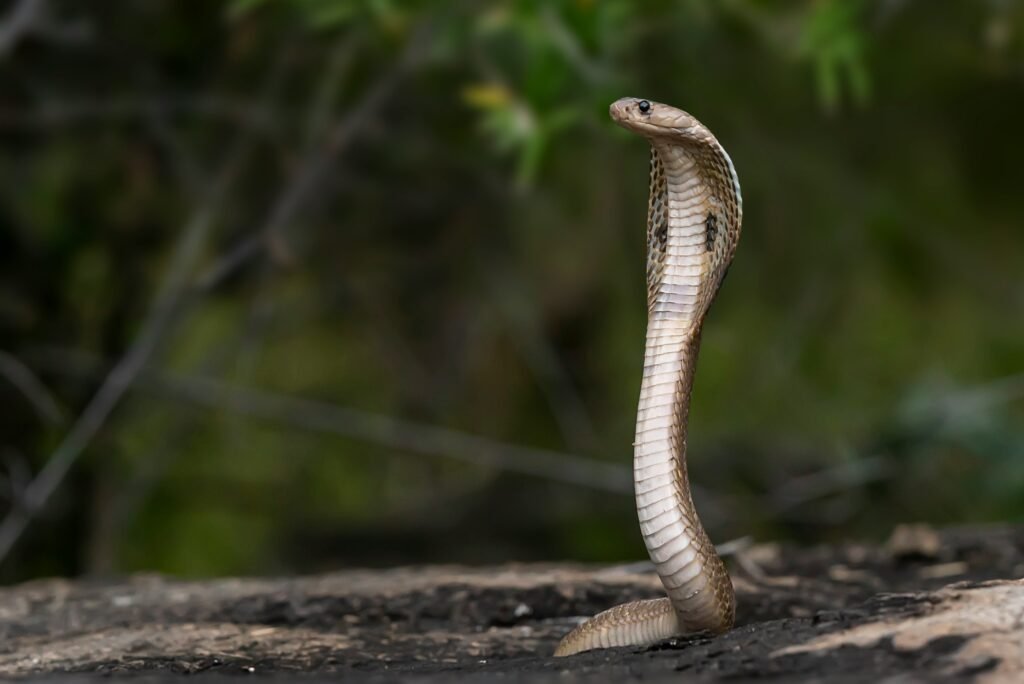
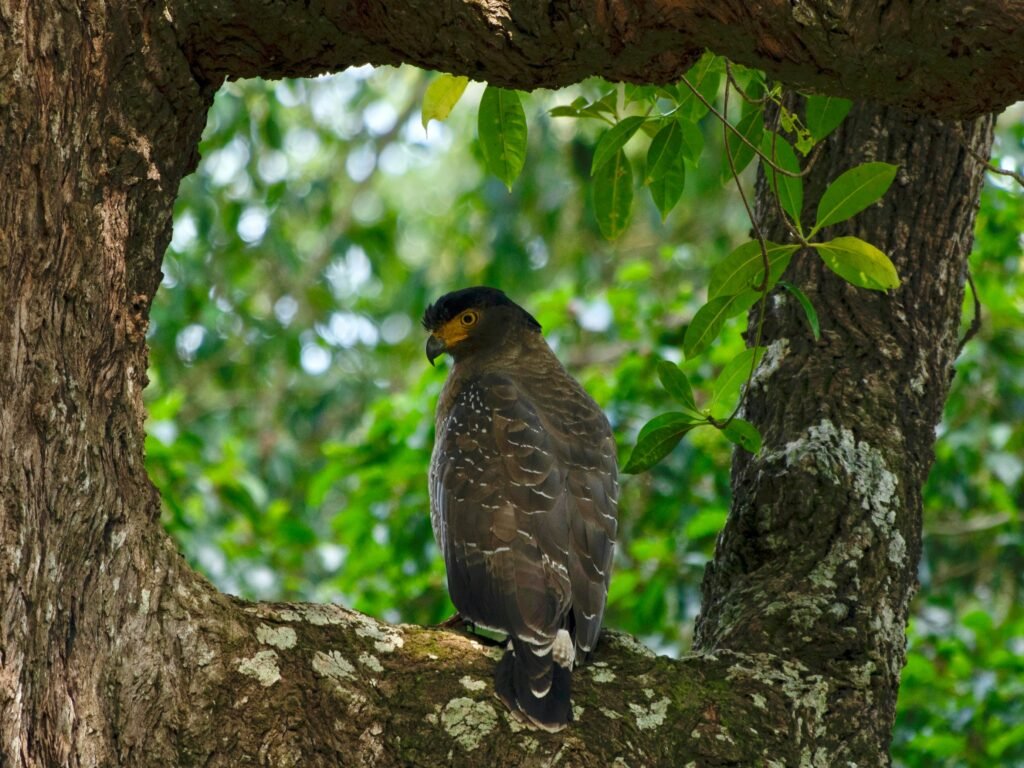

Barda Wildlife Sanctuary is a vital hub of biodiversity, supported by a collaborative effort among local government bodies, NGOs, and the community. Local government initiatives play a key role in creating policies for habitat preservation and protecting endangered species. NGOs enhance these efforts with conservation strategies and community education. For instance, many NGOs conduct workshops and outreach programs that engage local residents, fostering a sense of ownership and responsibility for wildlife preservation.
Community involvement is essential for the sanctuary’s conservation success. Programs that encourage local participation in monitoring and reporting illegal hunting have made residents key stakeholders in protecting their environment. Such collaborations help develop sustainable practices that benefit both the local population and the sanctuary’s diverse flora and fauna. Furthermore, local eco-tourism initiatives are emerging, allowing communities to earn income while preserving the sanctuary’s natural habitat.
Despite these collective efforts, Barda Wildlife Sanctuary faces significant challenges. Poaching poses a serious threat, with illegal hunting activities targeting various species due to the demand for wildlife products. Additionally, habitat loss from agricultural expansion and urbanization continues to harm the sanctuary’s ecosystem. Climate change further complicates these issues, affecting species migration patterns and habitat viability.
To tackle these challenges, ongoing measures include stricter enforcement of wildlife protection laws, habitat restoration projects, and climate resilience strategies. By fostering collaboration among all stakeholders, the sanctuary aims to overcome these hurdles and ensure its long-term sustainability. This teamwork is crucial for maintaining Barda’s ecological integrity and protecting its precious wildlife.
Visiting Barda Wildlife Sanctuary: Tips and Highlights
Planning a visit to Barda Wildlife Sanctuary can be a rewarding experience. It offers a unique chance to connect with nature and observe diverse wildlife. The best time to visit is from October to March. During these cooler months, the weather is pleasant, and wildlife activity increases. This period allows for excellent wildlife sightings, making it perfect for birdwatchers and photographers.
Before your trip, check the entry fees. They are relatively low, making the sanctuary accessible to many visitors. Local authorities often provide discounts for students or groups, so inquire about available concessions.
Access to the sanctuary is good, with well-maintained roads leading to the entrance. However, be prepared for off-road travel, as some areas within the sanctuary may require it. Planning ahead ensures you make the most of your visit while enjoying the rich biodiversity Barda has to offer.e traversing uneven terrain.
Once inside, visitors can explore various trails that weave through different ecosystems, providing glimpses of the rich flora and fauna. Popular viewpoints within the sanctuary, such as lookout points overlooking serene lakes, offer perfect settings for photography. Activities like wildlife photography are especially rewarding here, with an abundance of species ranging from elusive mammals to vibrant birds. Guided tours can enhance the experience, offering insights from knowledgeable guides while ensuring you engage in responsible tourism practices.
As you navigate the sanctuary, remember to respect wildlife by maintaining a safe distance and refraining from feeding animals. Carrying out any waste and adhering to marked paths contributes to the preservation of this hidden gem. By honoring these guidelines, visitors can enjoy a fulfilling experience while promoting eco-friendly tourism and protecting the sanctuary’s natural beauty.






